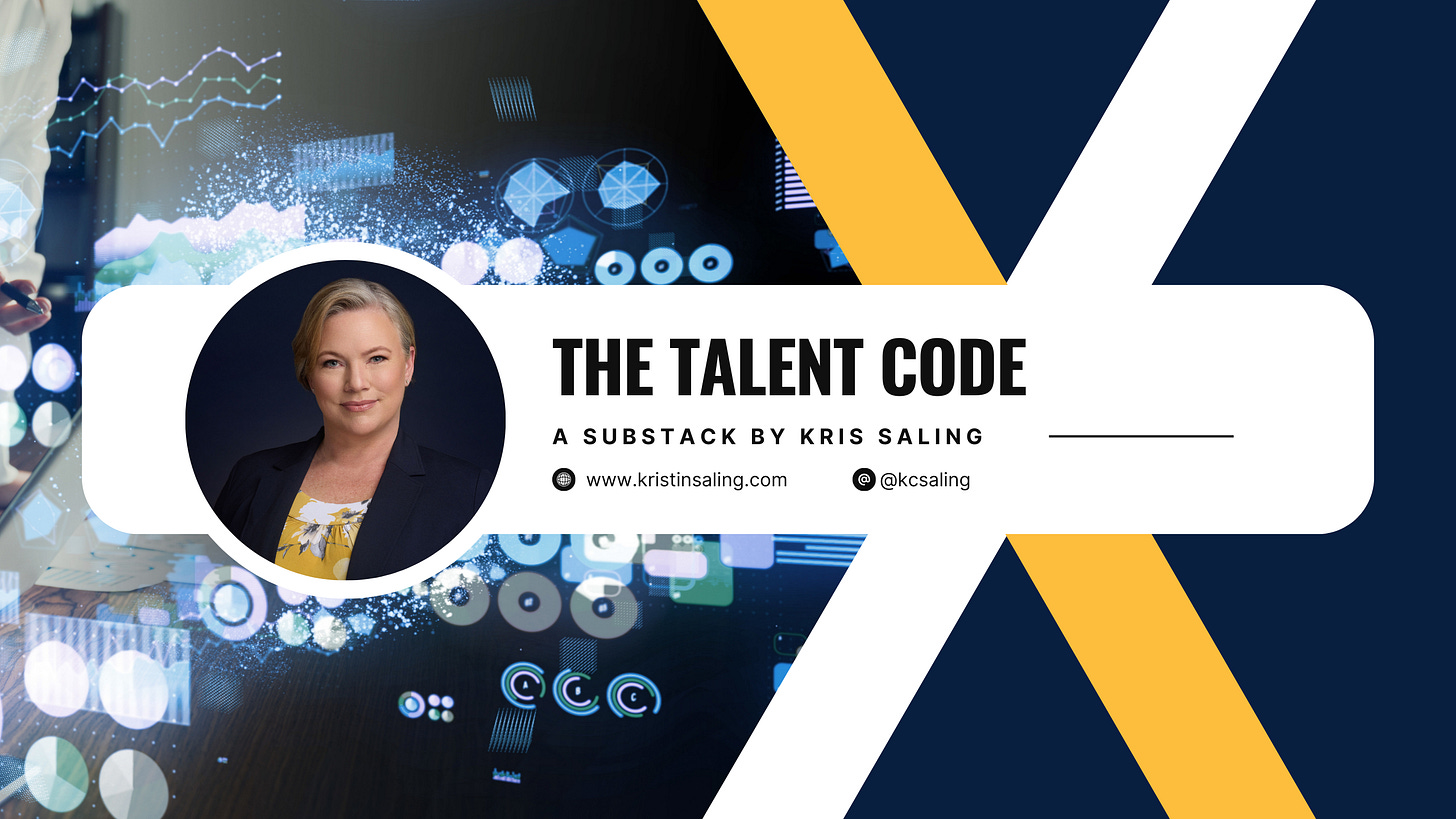Disruption gets the headlines. Transformation…well, it’s having a moment, but it doesn’t nearly have the big, bold dramatic impact of disruption.
For example, would we be making transformative moves on how the Army reforms direct commission pipelines, mid to senior level talent acquisition, and handles our technology talent in quite the same way if we hadn’t had the very visible disruptive influence of Detachment 201 to use as momentum? (Because we’re making some moves—stay tuned!)
No. But would we gain any kind of lasting impact from that disruption by itself if we didn’t have a long-term plan? Also no.
In the language of innovation and change, “disruption” is Uber upending the taxi industry. It’s ChatGPT changing both the way we interface with AI and the way we think about knowledge work. It’s the “move fast and break things” ethos Silicon Valley embraces.
It’s exciting. It’s fast, often external and usually reactive. It’s when something forces a shift—a competitor, a technology, a crisis—and the result is a break in the status quo. But disruption alone doesn’t guarantee improvement. In fact, many organizations mistake disruption for change, when all it really does is force them into a new shape temporarily before the old system reasserts itself.
Transformation, on the other hand, is slower. It’s internal. It’s systems-driven and strategic. It’s not just about introducing something new, it’s about making the organization capable of absorbing, sustaining, and evolving that newness. Disruption breaks walls; transformation rethinks the build for sustainability.
So…how do you leverage both to create lasting change in your system?
Let’s decode it. 🚀
What makes something disruptive?
Disruption often arrives from the outside and feels like a shock to the system. Theyre fast, often reactive and result in a short-term breakthrough. It might be:
A new competitor entering the market
A major technology shift (cloud, AI, quantum)
A regulatory overhaul
A geopolitical or economic crisis
These shocks expose the cracks in your system—the areas where your processes, culture, or tech stack are brittle. They force decisions. They force visibility. They force urgency.
But if your system isn’t ready, disruption becomes chaos. New tech gets layered on top of bad workflows. New policies are enacted without process redesign. Old habits creep back in once the initial flurry of activity subsides. You risk disruption fatigue, misalignment, and regression.
What makes something transformative?
Transformation is a deliberate, inside-out process. It looks at how work actually gets done, how decisions are made, how people are incentivized, and how the organization learns. It requires clarity, leadership, systems thinking, and often—most painfully—culture change.
Transformation is:
Redesigning workflows to match strategic goals
Building data pipelines and governance to support continuous improvement
Restructuring teams and decision rights
Updating leadership models and talent systems
Embedding feedback loops and trust into the culture
It doesn’t look as exciting in the short term. There are fewer press releases. It requires patience, a strategic view, and finding near-term things that can anchor long-term effects. But this is the hard work that makes things last.
Why you often need both to make change
Disruption gets attention. Transformation earns trust.
Disruption can act as a forcing function—it creates a moment where people are finally willing to listen, question the old ways, and try something new. But without transformation, that momentum dies. The new tool is abandoned. The pilot never scales. The system reverts.
Transformation, in contrast, is slow to start. People resist. Power structures push back. But with the right architecture and support, transformation builds a system that can weather disruption—and even benefit from it.
Disruption is knocking down a wall to get an open concept. Transformation is rewiring the electrical, reinforcing the joists, and rethinking how you use the space so it works better for how you live now.
Leading through both
As a leader, your job isn’t just to ride the wave of disruption. It’s to design a system that can turn that wave into propulsion for deliberate transformation.
Ask yourself:
Are we chasing headlines or building infrastructure?
What in our organization snapped during disruption? What just bent?
What changes are we keeping, and what are we letting snap back to the old way?
Where do we need to invest in redesign, not just response?
And most importantly:
Who are we building for?
Transformation keeps people at the center. It takes their lived experience seriously. It includes them in the redesign.
Because real change isn’t just what breaks. It’s what gets built better in its place.




